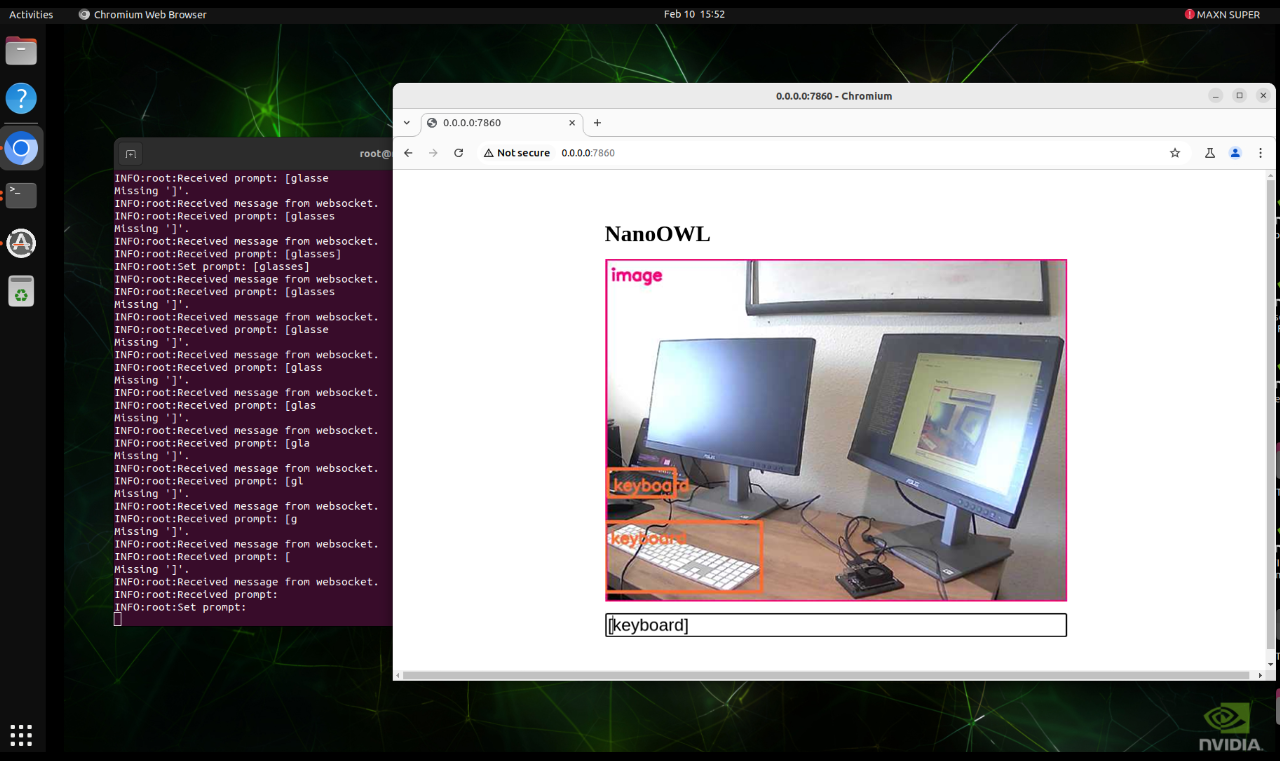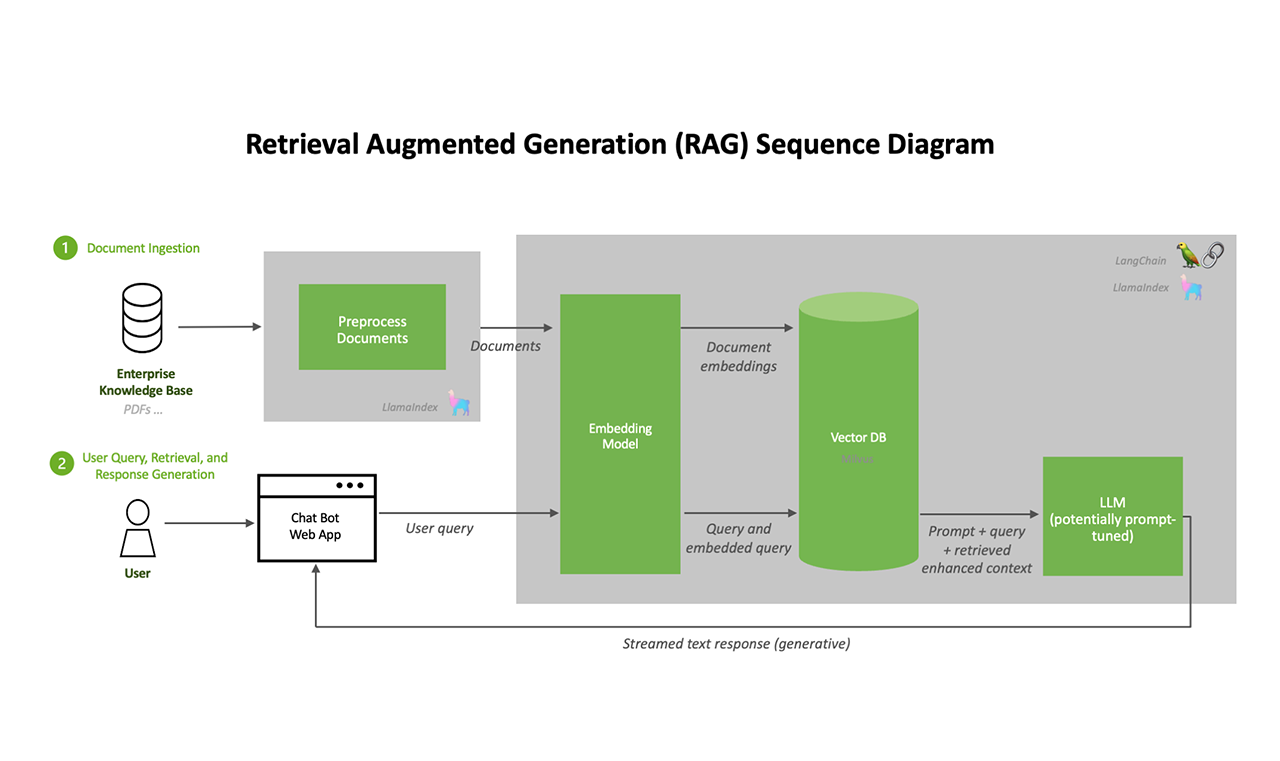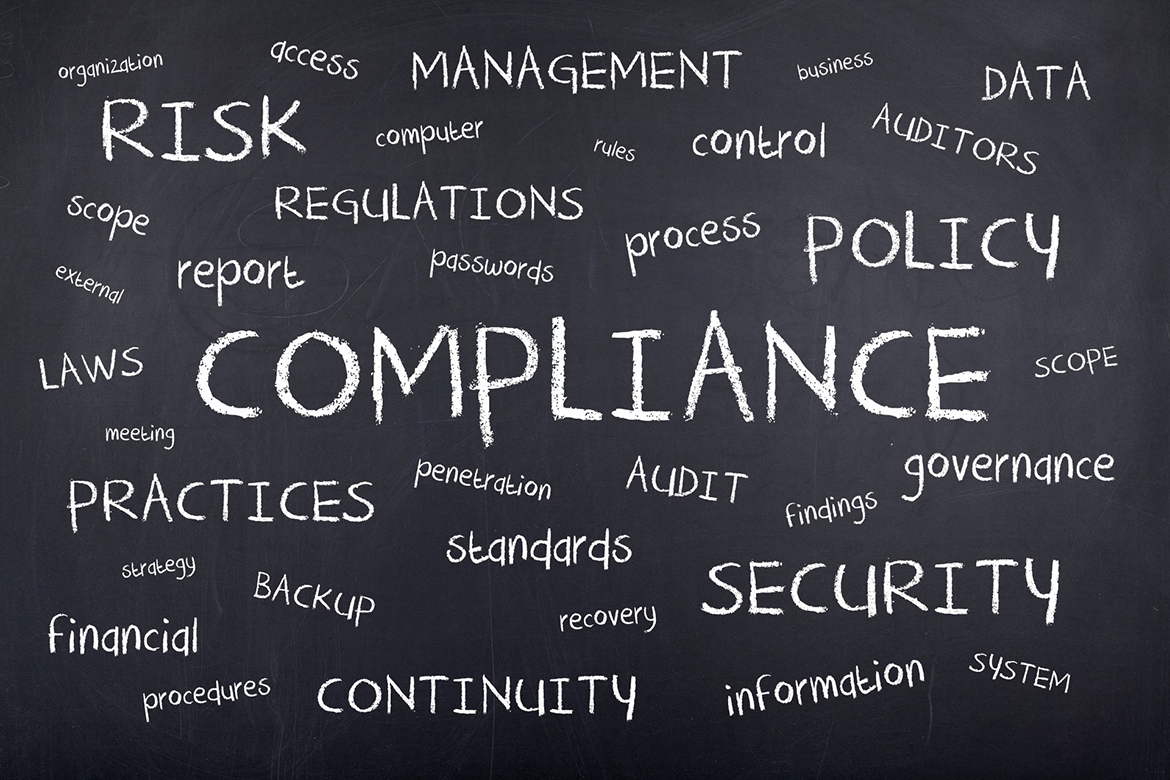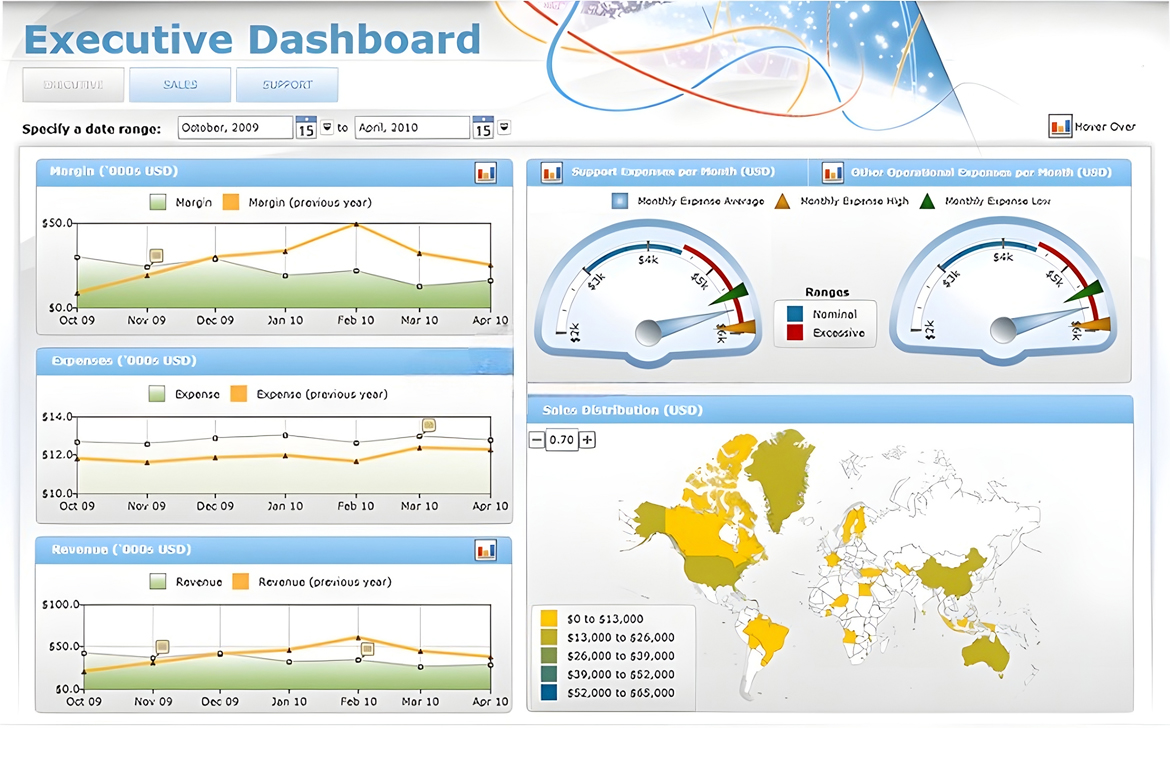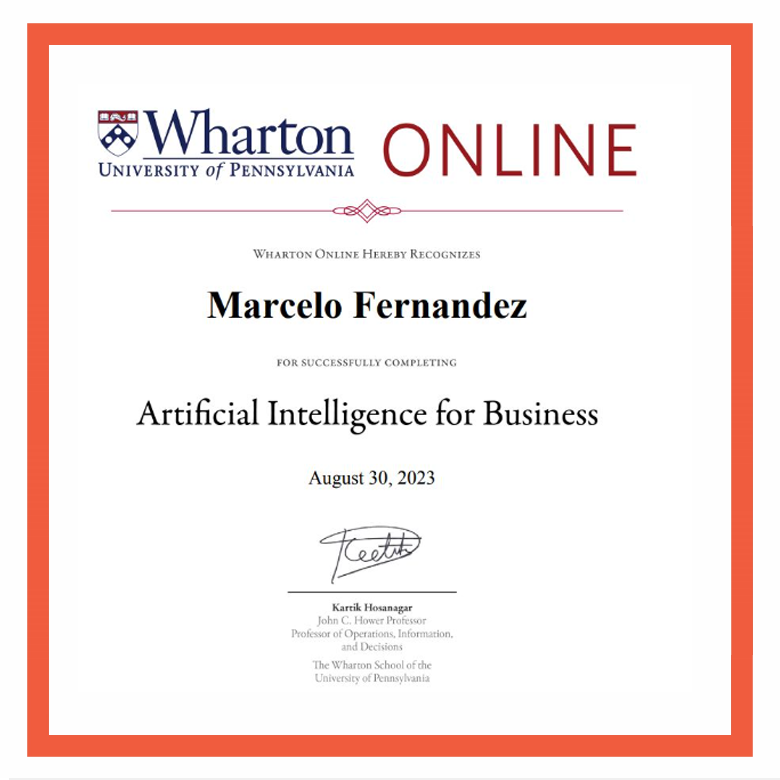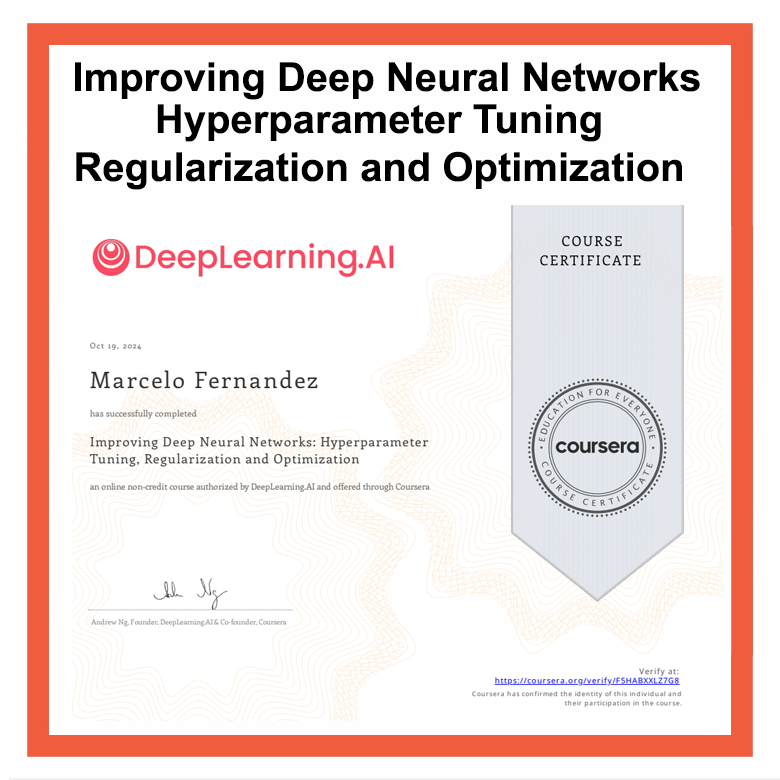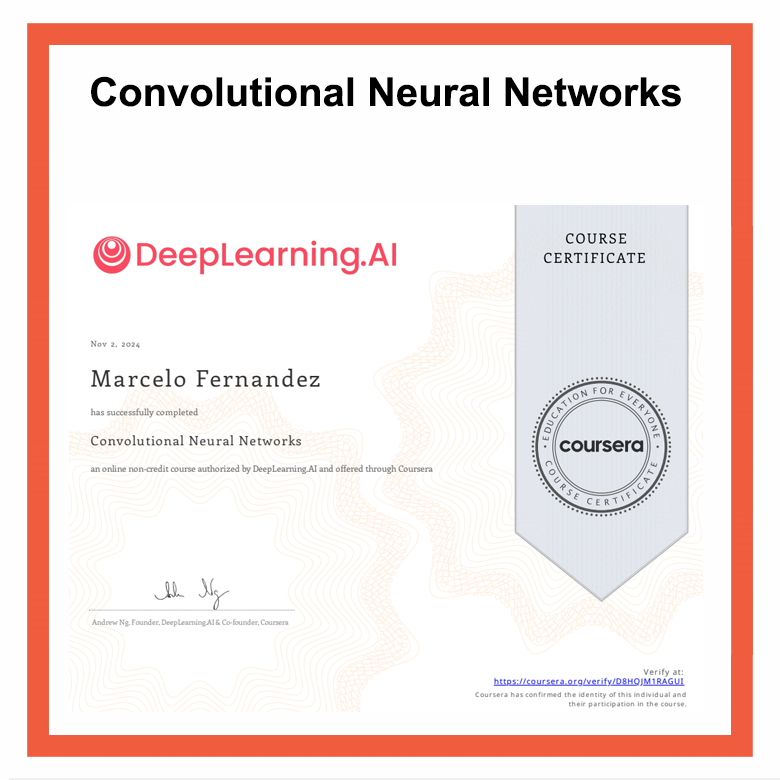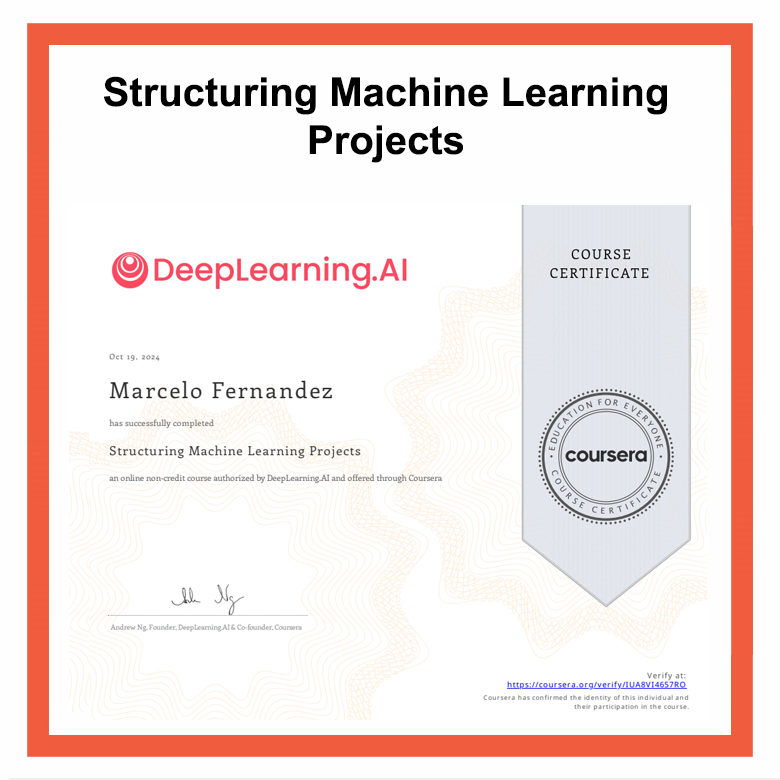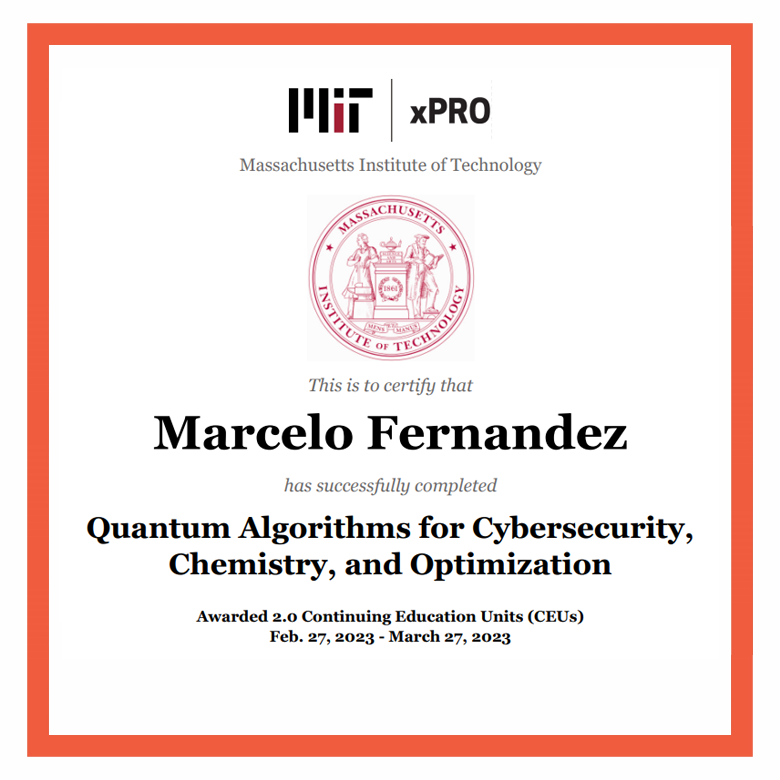My role: Creator | AI Developer
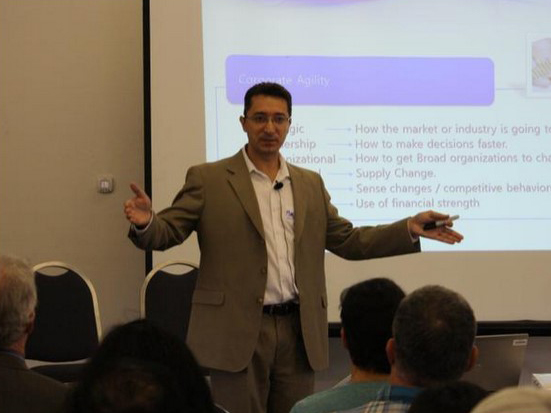
About me
Visionary leader in AI and Digital Transformation. I provide technical direction, drive innovation and design and develop scalable, resilient, high-performance, and flexible systems that can adapt to future technology advancements. I start with the customer—understanding their needs, identifying opportunities, and selecting the right technology to design, implement, and deliver solutions that create real value. By blending strategic insight with deep technical expertise and a passion for innovation, I ensure every solution is purpose-driven, practical, and transformative.
Marcelo Fernandez
Portfolio • Some Projects | Research
Opening the door to innovative solutions: Vision Transformers | Computer Vision
My role: Researcher
Delivering results: Boosting sales with Retrieval Augmented Generation (RAG)
My role: LLM AI Software Developer
Bridging the gap between digital and physical worlds with AI Algorithms
My role: Architect / Developer
First pure Linux Laptop in the History of Sony | Innovation & Delivery
TPM | Engineering | Software Dev.
Products Introduction | Hardware Engineering | SW Strategic BOM | Logistics...
Technical Program Manager
Regulations and Compliances +10 countries | LatinAmerica
Regulations & Compliance Program Manager
Executive-Ready Data Insights | Power BI Visualization Excellence
PowerBI Developer & Executive Presenter
Technical Proficiencies
Some areas
![]()
![]()
![]()
![]()
![]()
![]()
![]()
![]()
![]()
![]()
![]()
![]()
![]()
![]()
![]()
![]()
![]()
![]()
![]()
![]()
![]()
![]()
![]()
![]()
![]()
![]()
![]()
![]()
![]()
![]()
![]()
![]()
![]()
![]()
![]()
![]()
![]()
![]()
![]()
![]()
![]()
![]()
![]()
![]()
![]()
![]()
![]()
![]()
![]()
![]()
![]()
![]()
![]()
![]()
![]()
![]()
![]()
![]()
![]()
![]()
![]()
![]()
![]()
![]()
![]()
![]()
![]()
![]()
Some key processes
© Copyright 2025. All Rights Reserved.


